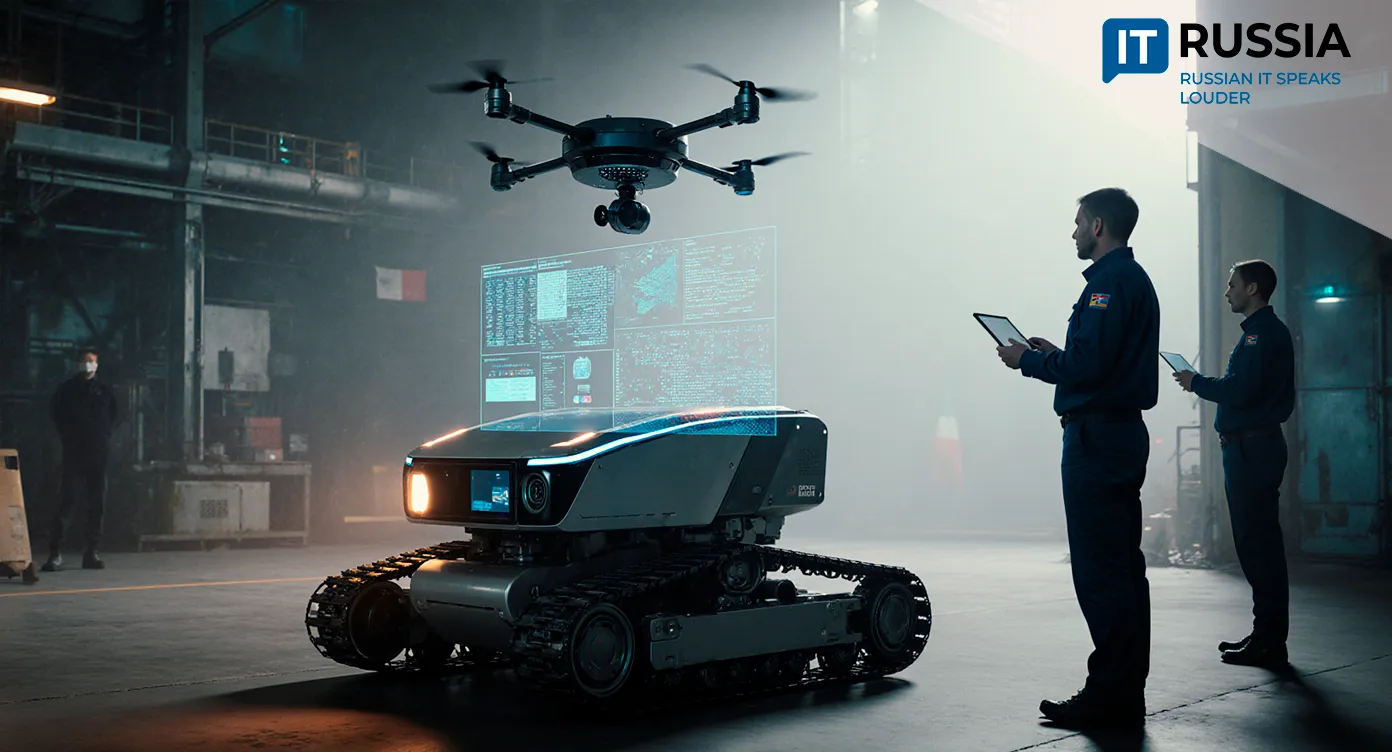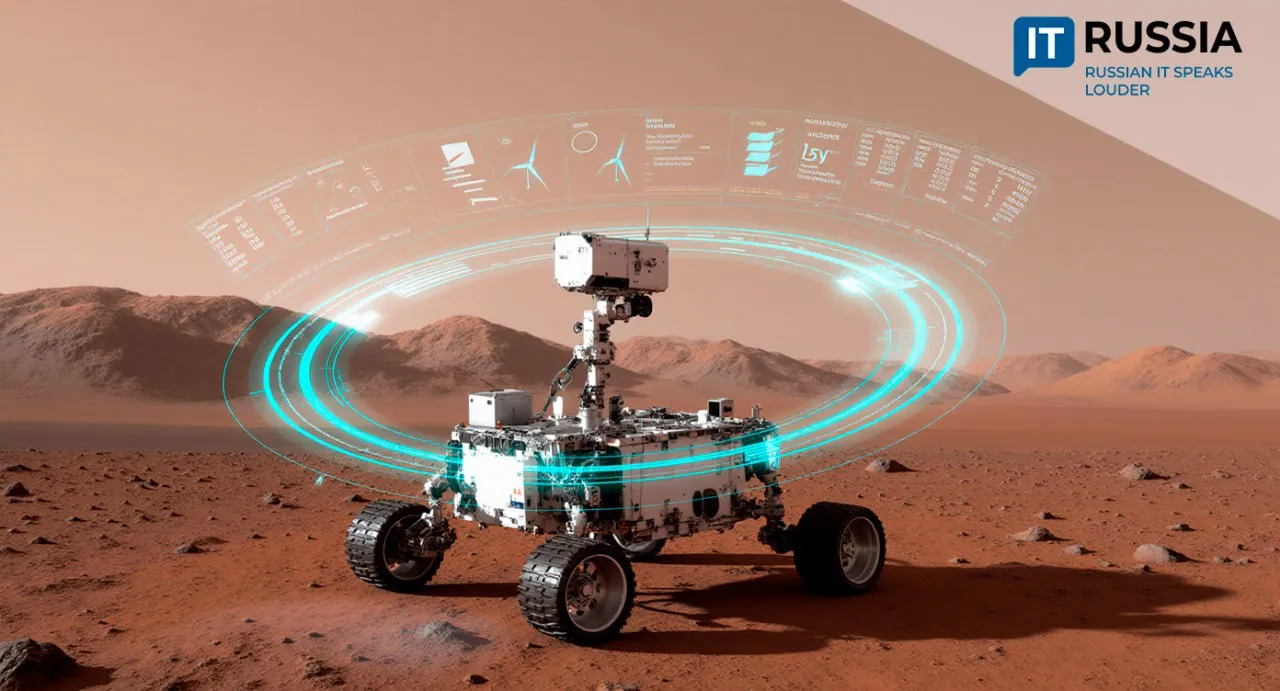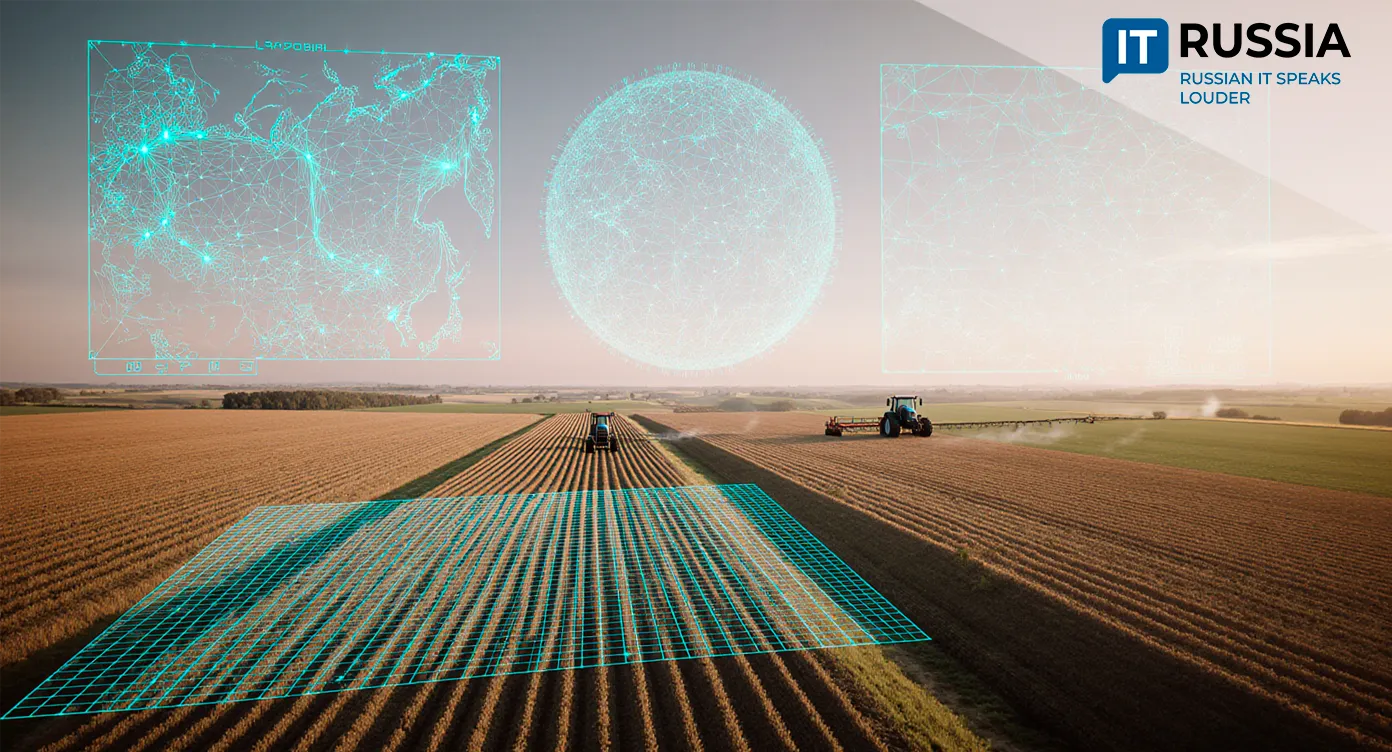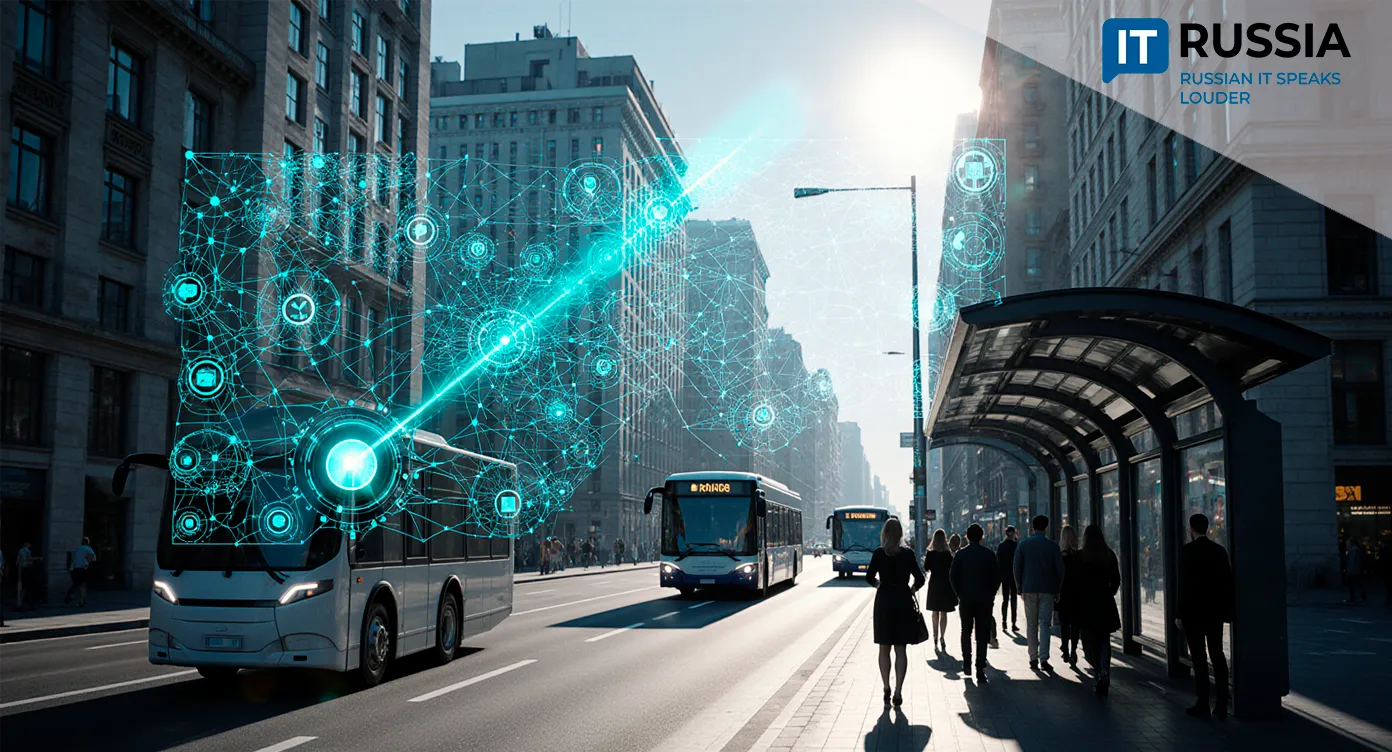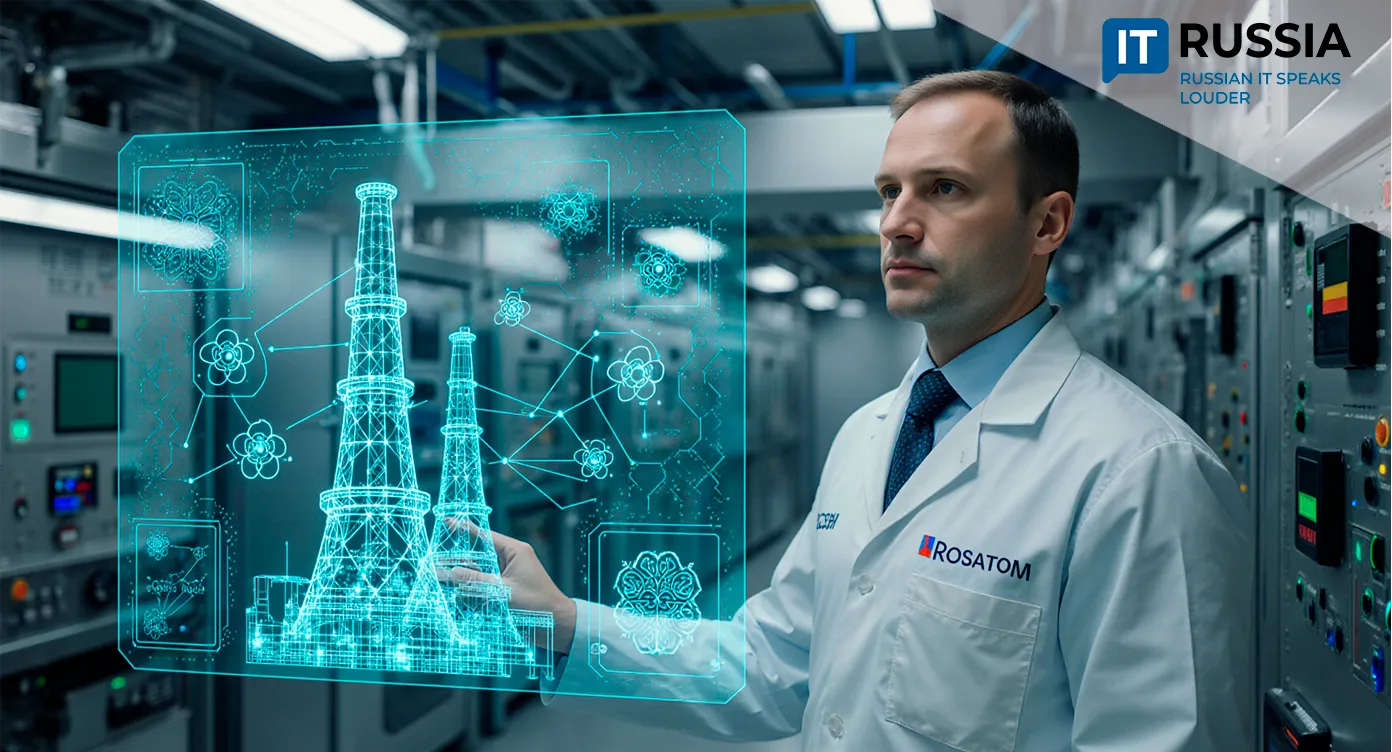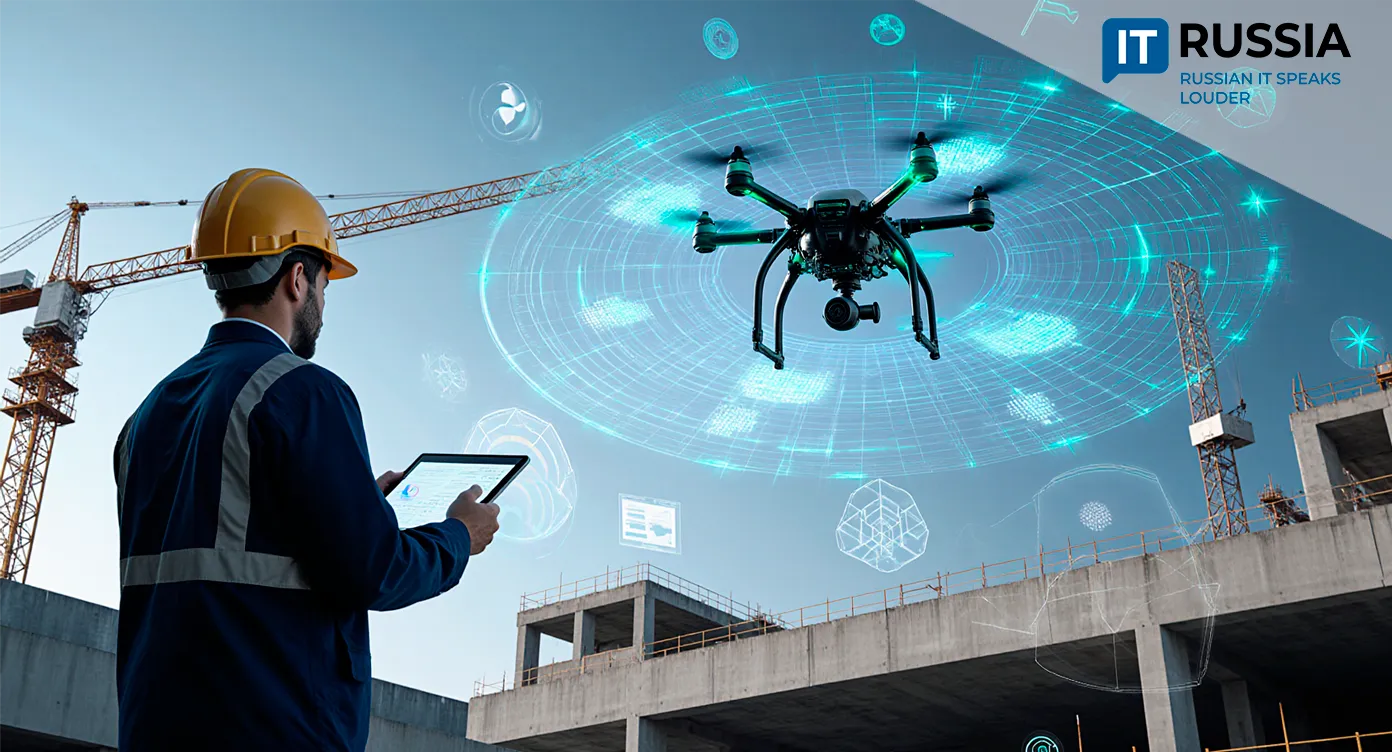St. Petersburg Unveils the Transport Platform of the Future
Scientists at Peter the Great St. Petersburg Polytechnic University have created a groundbreaking AI-powered platform called Polanis, designed to revolutionize urban transport management across Russia.

Hybrid Intelligence in Service of Urban Transport
The Laboratory for Industrial Stream Data Processing Systems at St. Petersburg Polytechnic University has introduced a prototype of the universal digital platform Polanis. Its distinctive feature is the use of simulation-informed neural networks, similar to Physics-Informed Neural Networks (PINNs). This approach ensures that all system behaviors are guided by realistic physical models, preventing the generation of implausible transport scenarios.
The platform integrates modules for simulation optimization, AI-based transport modeling, and machine learning data generation. It can perform deep analytics on transport data, optimize traffic flows, and support strategic decisions for infrastructure development—even under complex climatic conditions. The neural component identifies statistically significant correlations within massive datasets, continuously self-learning to predict traffic conditions with positioning accuracy up to 5 centimeters and a detection rate of 95%.

The project represents the first Russian system to fully integrate physical motion laws with machine learning for transport control. Unlike foreign systems that rely primarily on statistical methods, Polanis merges deterministic models with AI analytics, ensuring reliability even in atypical or high-uncertainty environments.
Toward Nationwide Integration
Polanis’s scalability makes it ideal for integration with Russia’s existing intelligent transport systems. St. Petersburg has already laid the groundwork—approximately 90% of its traffic lights now use AI-driven controls, simplifying deployment of new analytical modules.
The city is developing a digital transport infrastructure that includes 250 smart trams equipped with driver assistance systems and ongoing tests of autonomous vehicles. The project aligns with the national program for Intelligent Transport Systems (ITS) under Russia’s Safe and High-Quality Roads initiative. In 2024, ITS implementation will span 62 metropolitan areas across 56 regions, supported by more than $39,9 million in federal funding. Globally, the export potential of Polanis is growing alongside the surging demand for AI-based transport solutions in rapidly urbanizing cities.
Regional Expansion and Global Context
Russia’s approach to intelligent transport has evolved from megacity pilots to regional rollouts. Moscow operates one of the world’s most complex ITS networks, integrating over 60,000 traffic lights, 3,800 surveillance cameras, and nearly 4,000 motion sensors. Its system combines automated traffic control, dynamic modeling, and a comprehensive traffic organization framework.

Internationally, Russia’s model aligns with global leaders. Singapore’s Virtual Singapore, launched in 2014, remains a benchmark in digital twin city management. Dubai is developing a twin-based traffic control system, while China has formalized a national standard integrating IoT, big data, and AI to enhance urban planning and transport management. Russia’s centralized architecture—tied into federal information systems—offers a uniquely cohesive model for scaling such innovations.
A New Era of Smart Infrastructure
Polanis represents a technological milestone in Russia’s smart city evolution. By 2027, pilot projects across St. Petersburg’s road networks will be launched under the university’s Road Research Center. Key metrics will include increased average traffic speeds, reduced accident rates, and resilience against adverse weather conditions.
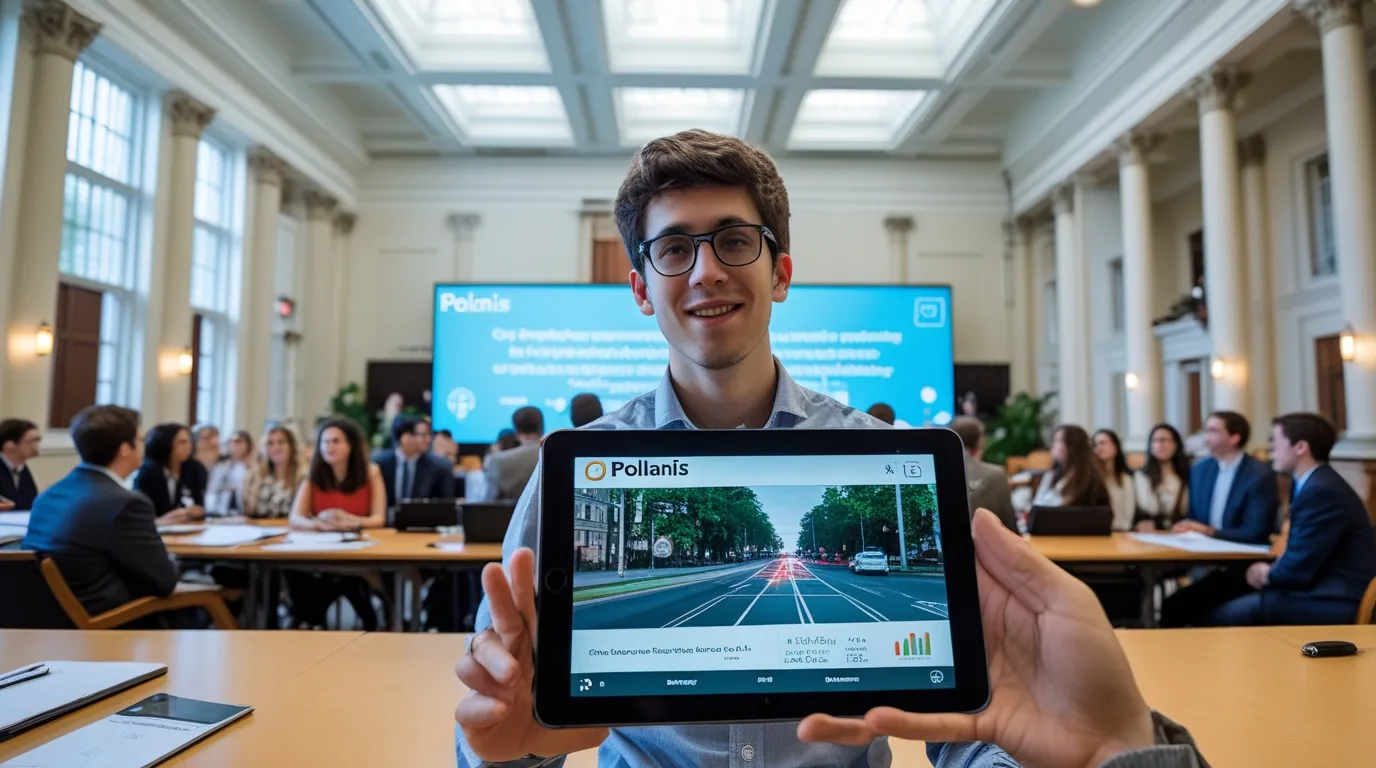
By 2030, Polanis is expected to expand nationwide, with additional applications in logistics, utilities, and industrial parks. Its cross-sector adaptability is particularly significant—beyond transport, it is already being tested for energy, oil and gas, biomedicine, and seismic research. These findings will inform the creation of Russia’s national standards for AI technologies.
Long-term, Russian cities could become global showcases of hybrid AI systems managing urban processes. For citizens, this means shorter travel times, reduced emissions, and more efficient infrastructure. For the nation’s tech industry, Polanis symbolizes the shift from catching up to defining its own global standards in AI-powered urban systems.







